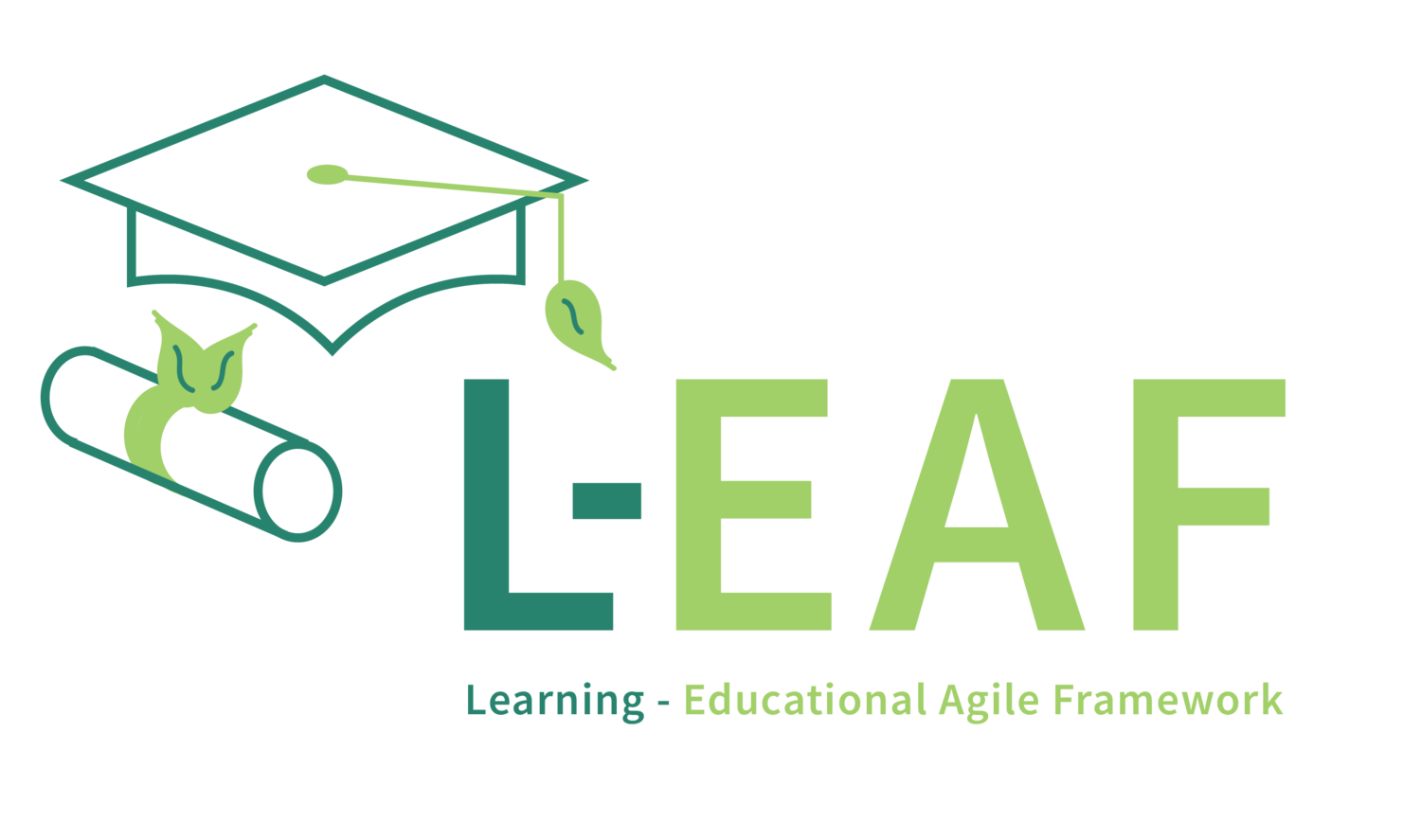Are these the skills and values you are looking for?
There is a lot of talk these days about how to teach basic executive functioning skills in schools and much more. With the learning and social-emotional skill loss due to COVID teachers are feeling the pressure to refactor existing lesson plans to include DEIJ and SEL, promote student agency, differentiate learning opportunities and, help catch up on a couple of years of learning loss might be contributing to the burnout we have been witnessing.
As an enterprise agile coach, I would encourage teachers to simplify their job by “doing less”. For close to two decades I have coached leaders in the private and public sector on how to engage with “knowledge workers with the intention of delivering the highest quality experience to the “customer”. In that time I have leveraged many frameworks and methods each designed to help organizations simplify and improve on Quality, Predictability, Productivity, and Employee/Customer Satisfaction. Regardless of the approach, practices and tools, success has always come down to the Values and how aligned the teams of people, responsible for the value delivery, are with those values.
The skills and values found in the Learning-Educational Agile Framework (L-EAF, www.L-EAF.org) supports teams and their ability to respect and value diversity, inclusion, and equity and justice in education while actively participating in the learning journey. The framework prioritizes the development of a collaborative and inclusive learning environment, where every student feels valued and respected, is provided a space to share their voice, ideas flow and the responsibility for learning is shared by all. Students learn that better results are generated when worked on with more people, with a wider range of skills and backgrounds and when partnered with peers who are aligned on a shared goal.
Collaboration is key to creating a diverse and inclusive environment where everyone can contribute to their full potential and based on their unique life experiences. By bringing together different perspectives, views, and backgrounds, teams tap into a wide range of skills and knowledge, which can lead to a more meaningful and impactful educational experience. The goal is to create a culture where differences are appreciated, and everyone feels heard and seen.
Transparency is a critical component in building trust between students, teachers, parents, and other stakeholders. It encourages open communication, accountability, and a shared understanding of goals and expectations. This can help to ensure that everyone is working towards the same objectives and that the needs of diverse learners are being met. As transparency is developed as an executive function in schools, students are better prepared to meet the challenges of a digital economy which thrives on transparency and accountability.
Integrity is a value that can help to maintain the focus of education on the student. By being committed to the student, teachers can make sure that they are providing the best possible education, even when that means adjusting the plan based on the constraints of a changing environment. This requires being honest and transparent about what is possible and what is not, which can help to build trust and create a more inclusive learning environment. Mastering integrity in school will create a flood of industrial and innovative leaders who are able to address new challenges as they enter a complex and adaptive workforce.
Adaptability is essential in a rapidly changing world. In education, this means being flexible and responsive to the needs of students, teachers, and other stakeholders. By being open to new ideas and approaches, schools can ensure that they are staying relevant and meeting the evolving needs of students. As we exit the Manufacturing Age of the Industrial Revolution and firmly enter the Digital Age, students today will be entering a workforce that will confront them with new challenges, problems that have not been solved before, which will require knowledge worker who can pivot when an approach has been disproven and are still able to be open to options, testing, failing and learning.
Openness to possibilities transforms a fixed mindset into a growth mindset, where students and teachers are open to learning and exploring new ideas. This can help to create a culture of innovation, where everyone is encouraged to take risks, make mistakes, and learn from them. In this type of environment, students are more likely to feel confident and empowered, which can have a positive impact on their academic and personal growth.
So what is a teacher to do?
DO LESS; engage and trust your students, like Agile leaders trust their teams. Trust that as Knowledge workers, students are ready to pull the learning to themselves and to work within the agreements established collaboratively. Given the tools, rules and trust that are needed to achieve a learning goal, students are more likely to demonstrate agency when leaders get out of the way. The values found in the Learning-Educational Agile Framework play a crucial role in promoting diversity, inclusion, and equity in education resulting in agency, differentiated learning and humans who are better prepared for the future.
By prioritizing collaboration, transparency, integrity, adaptability, and openness to possibilities, schools can create a more inclusive and supportive learning environment that benefits all students. Join teacher like Jessica and Roslynn from The Agile Mind (http://www.the-agile-mind.com) in the Agile Teachers Lounge (https://www.l-eaf.org/teachers_lounge) and hear from them how to simplify your day, reduce your stress and rediscover your passion for teaching and the learning that happens in your classroom.



